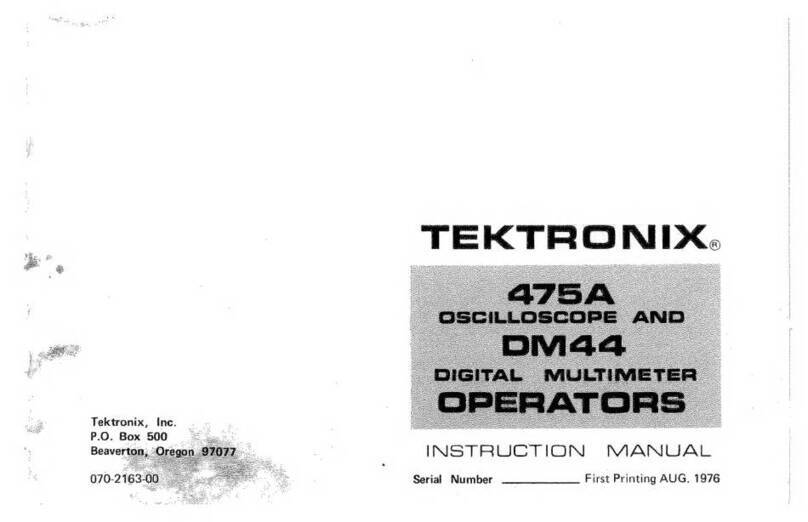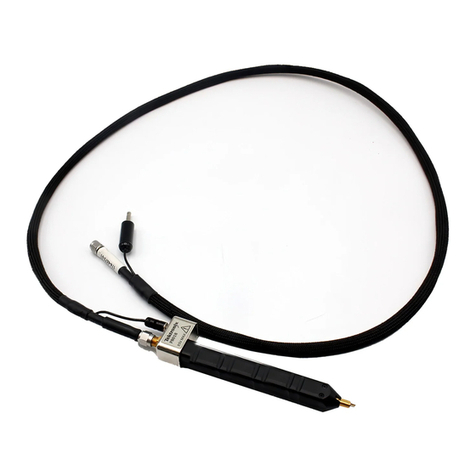Tektronix 7L12 User manual
Other Tektronix Measuring Instrument manuals
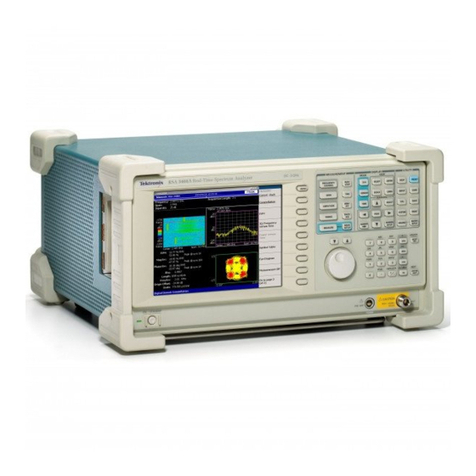
Tektronix
Tektronix RSA3308B User manual
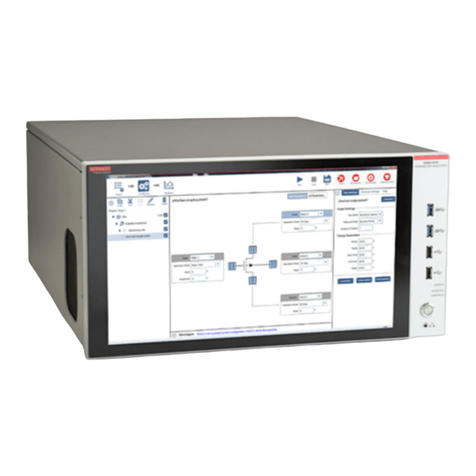
Tektronix
Tektronix Keithley 4200A-SCS User manual
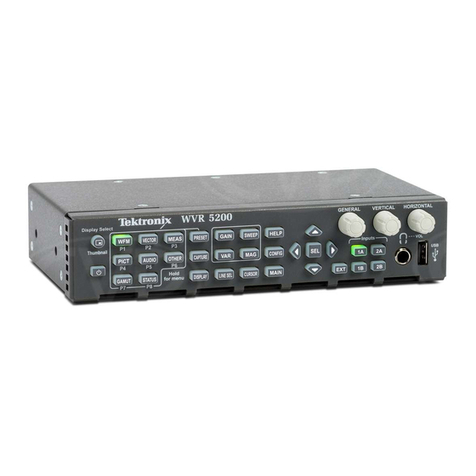
Tektronix
Tektronix WVR5200 Series User manual
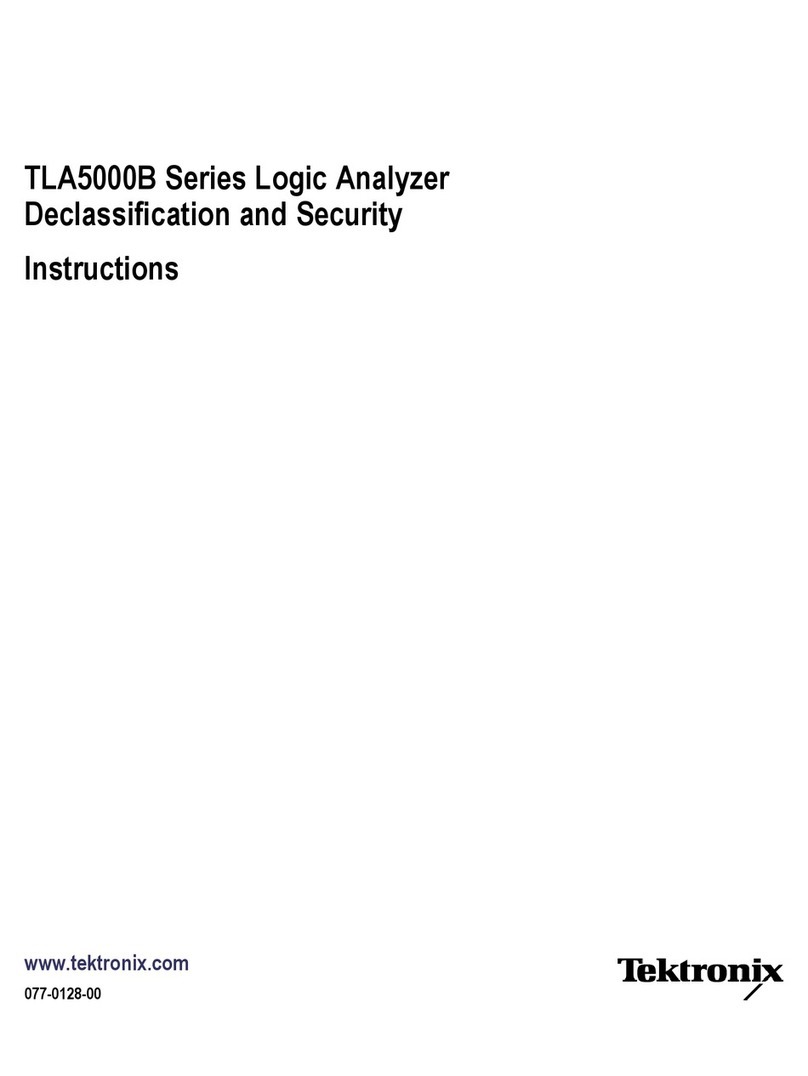
Tektronix
Tektronix TLA5000B Series Installation and maintenance instructions

Tektronix
Tektronix BERTScope BSA Series User manual
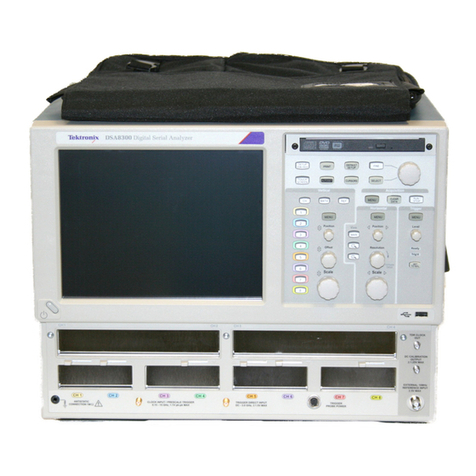
Tektronix
Tektronix DSA8300 Manual
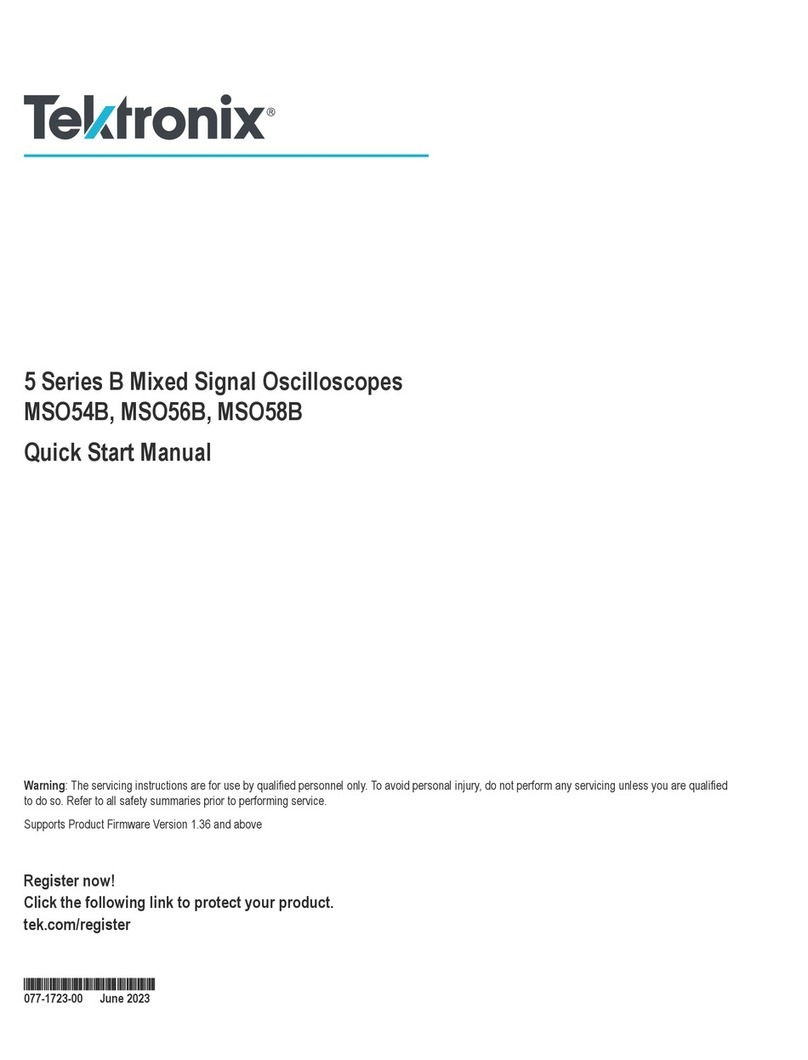
Tektronix
Tektronix MSO56B Instruction manual
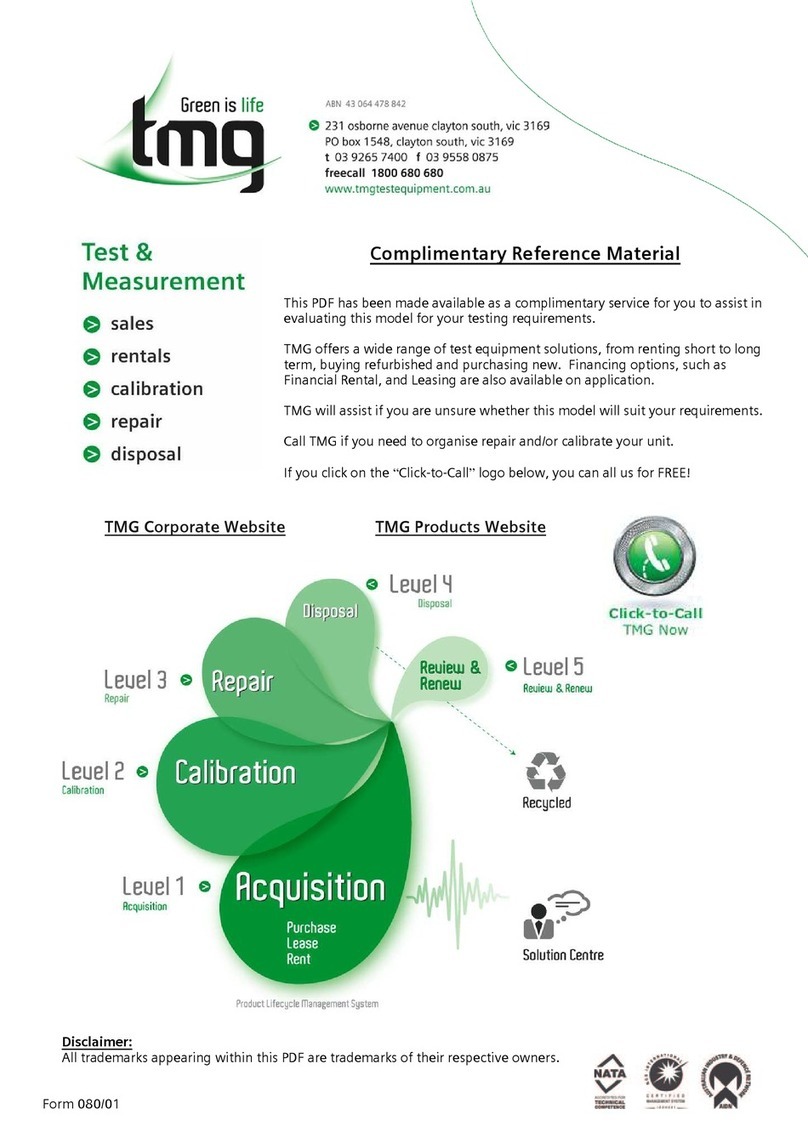
Tektronix
Tektronix P6434 User manual
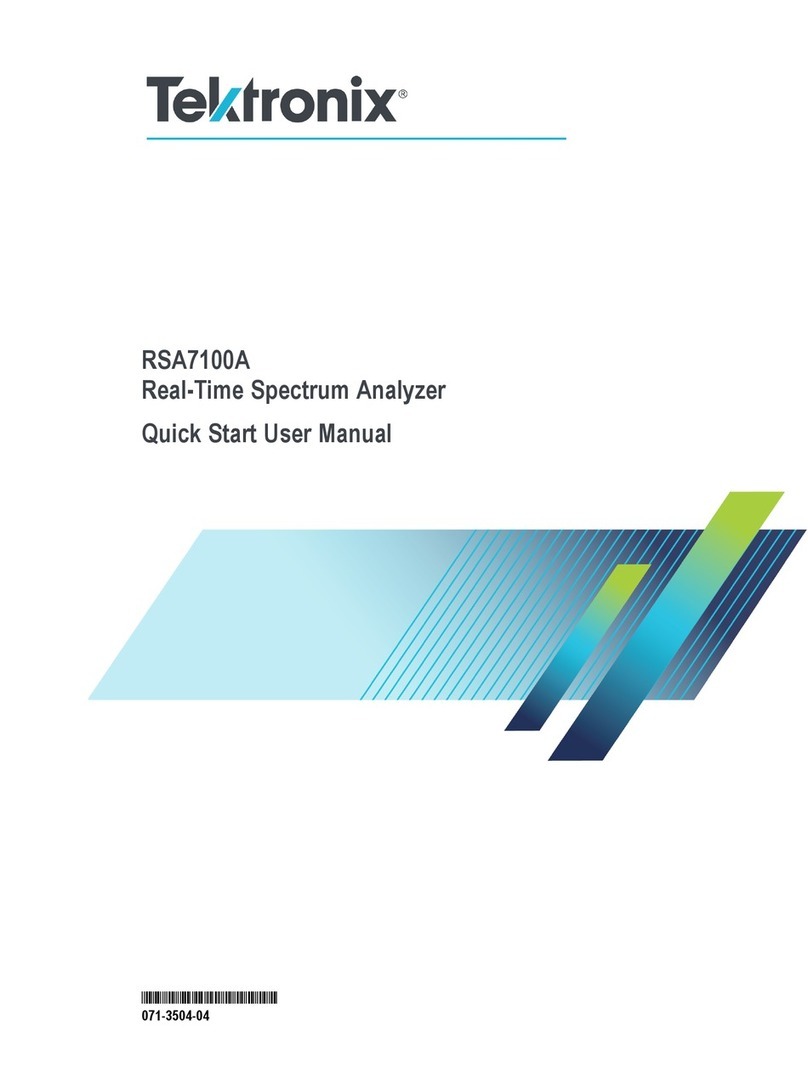
Tektronix
Tektronix RSA7100A Manual
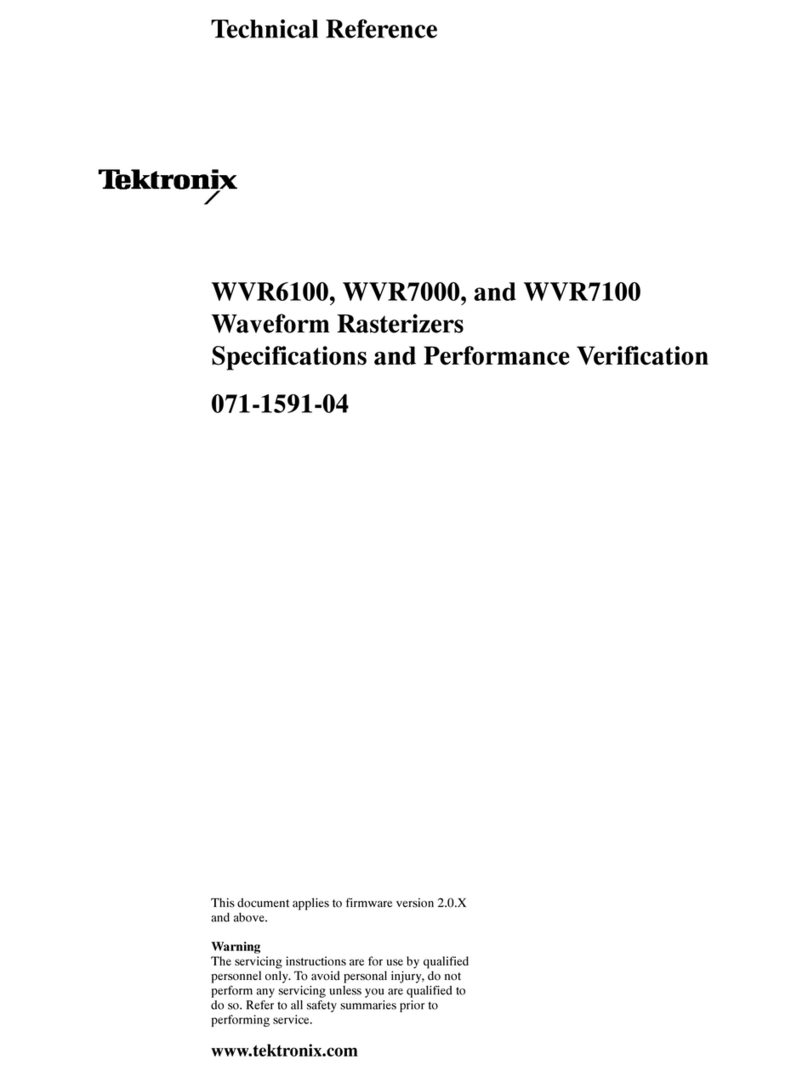
Tektronix
Tektronix WVR6100 Series User manual
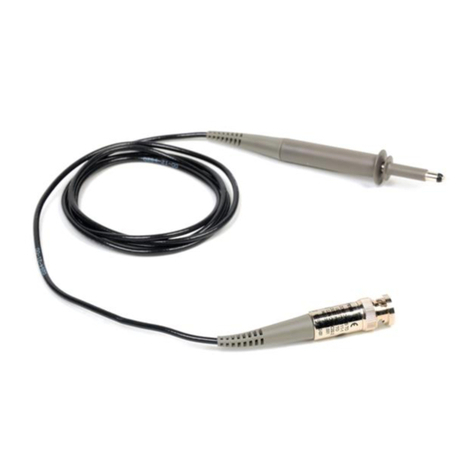
Tektronix
Tektronix P2100 User manual
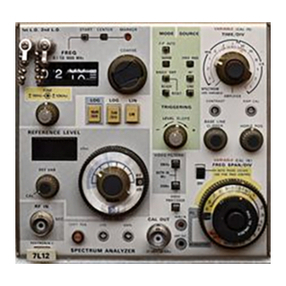
Tektronix
Tektronix 7L12 User manual
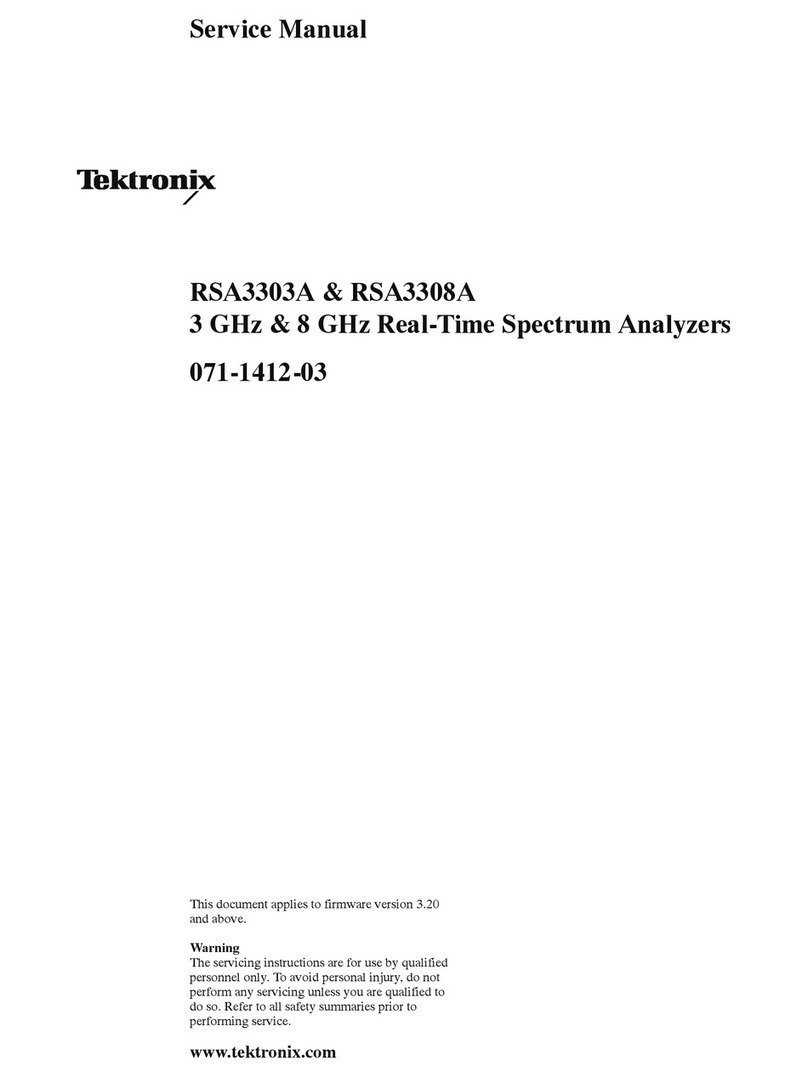
Tektronix
Tektronix RSA3303A User manual
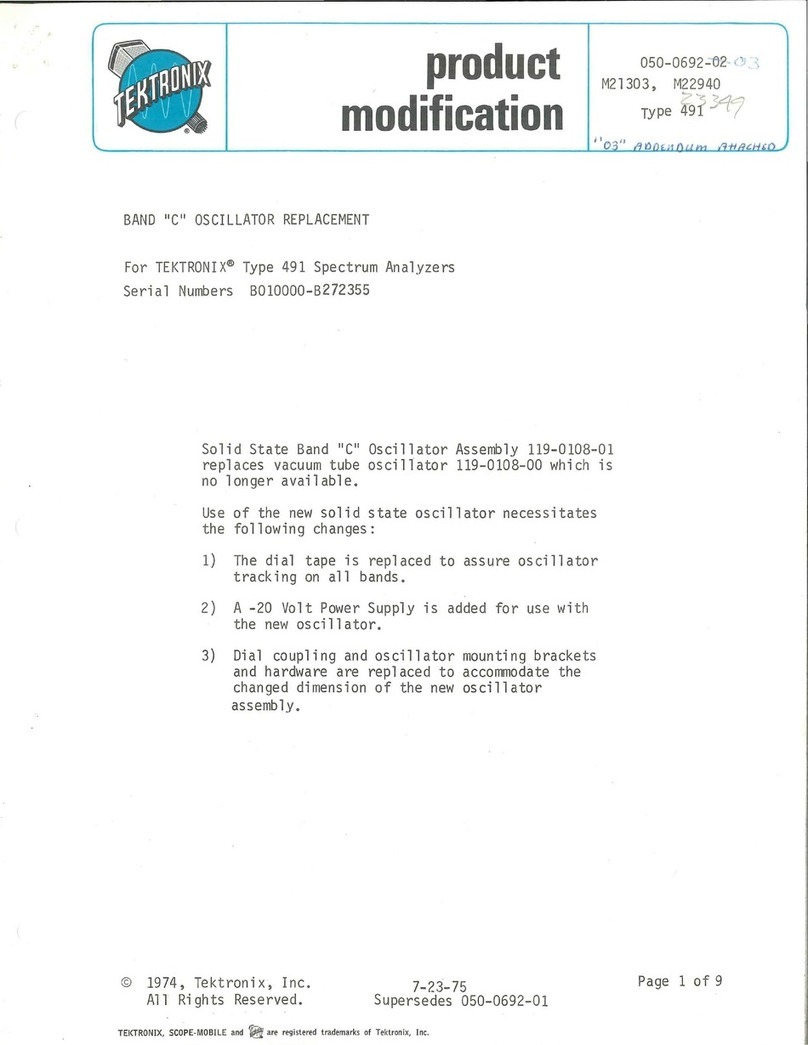
Tektronix
Tektronix 491 User manual
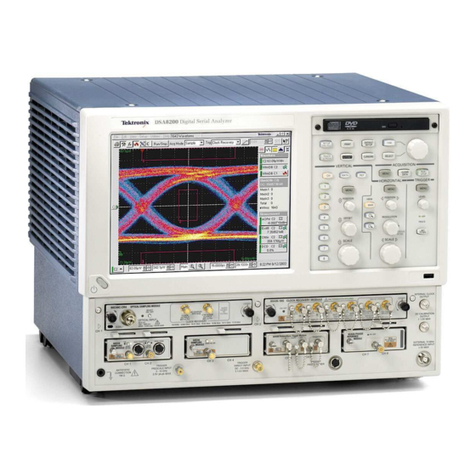
Tektronix
Tektronix DSA8200 Series User manual
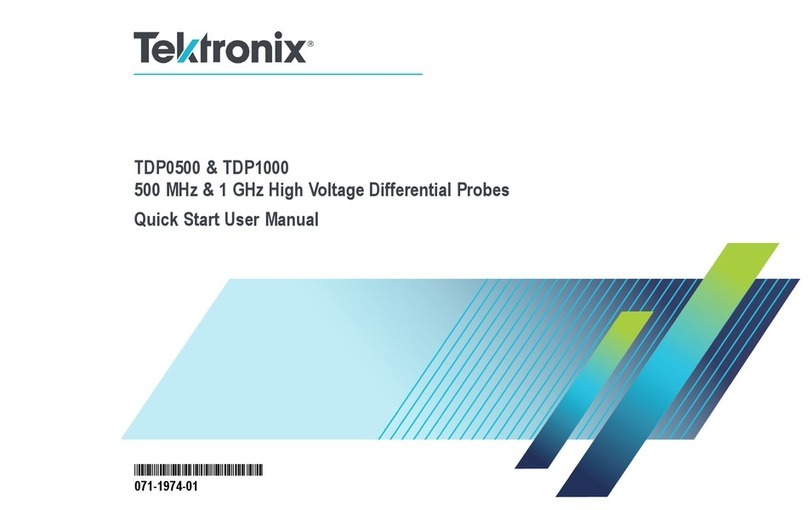
Tektronix
Tektronix TDP1000TDP1500 Manual
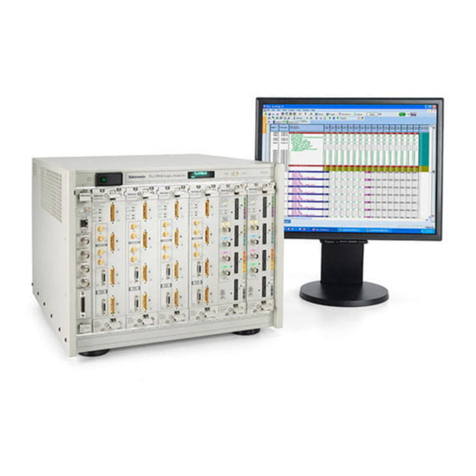
Tektronix
Tektronix TLA7000 Series User manual
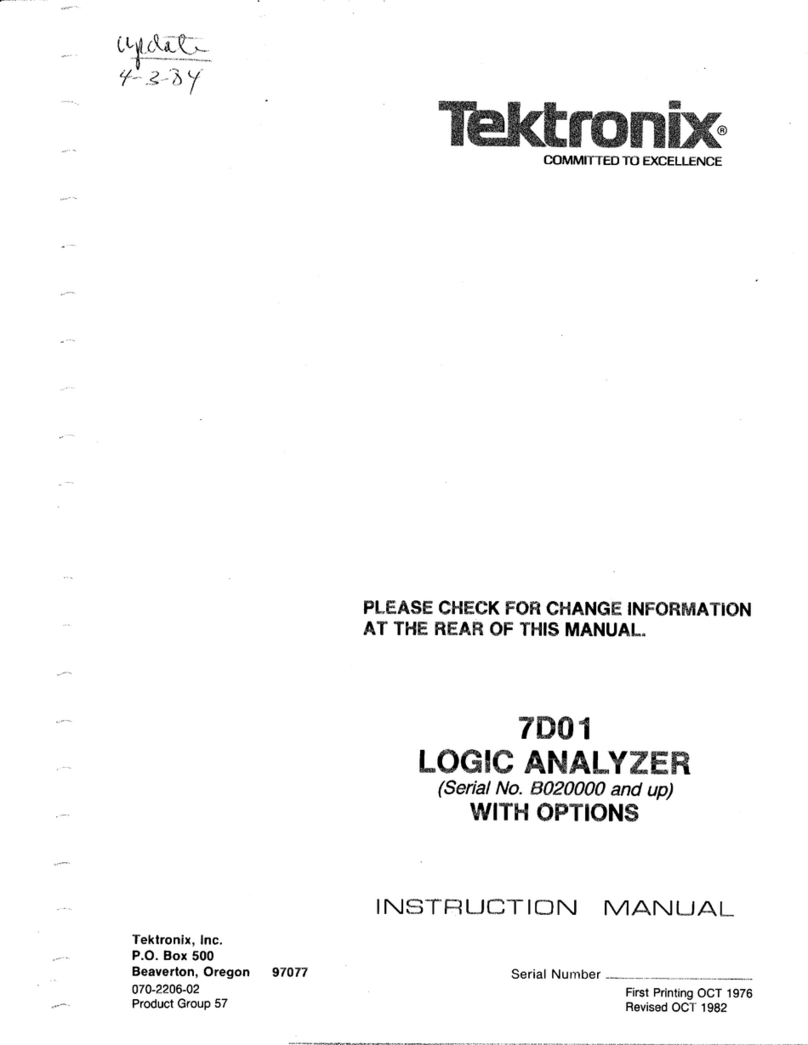
Tektronix
Tektronix 7D01 User manual
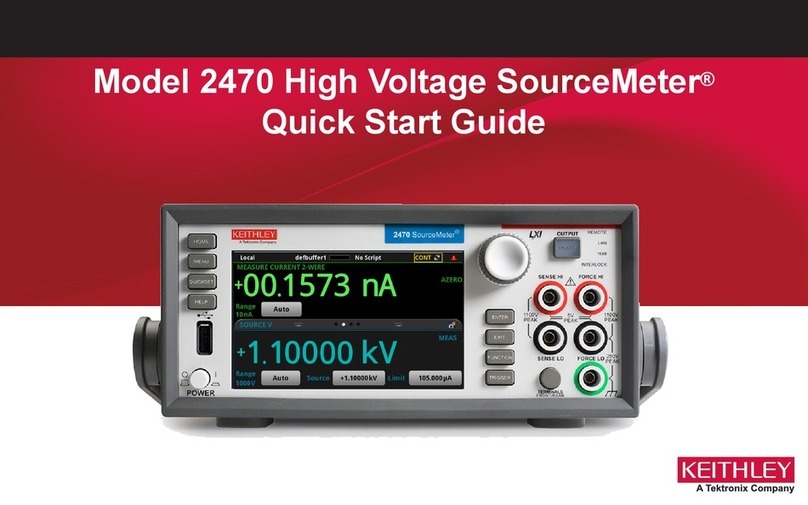
Tektronix
Tektronix Keithley SourceMeter 2470 User manual
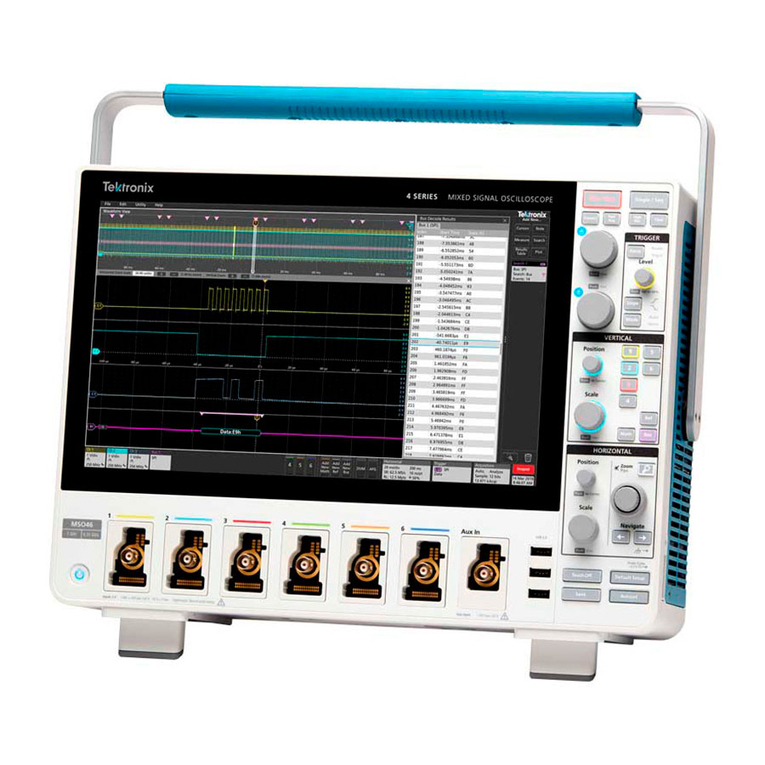
Tektronix
Tektronix MSO 4 Series Instruction manual
Popular Measuring Instrument manuals by other brands

Powerfix Profi
Powerfix Profi 278296 Operation and safety notes

Test Equipment Depot
Test Equipment Depot GVT-427B user manual

Fieldpiece
Fieldpiece ACH Operator's manual

FLYSURFER
FLYSURFER VIRON3 user manual

GMW
GMW TG uni 1 operating manual

Downeaster
Downeaster Wind & Weather Medallion Series instruction manual

Hanna Instruments
Hanna Instruments HI96725C instruction manual

Nokeval
Nokeval KMR260 quick guide

HOKUYO AUTOMATIC
HOKUYO AUTOMATIC UBG-05LN instruction manual

Fluke
Fluke 96000 Series Operator's manual

Test Products International
Test Products International SP565 user manual

General Sleep
General Sleep Zmachine Insight+ DT-200 Service manual


